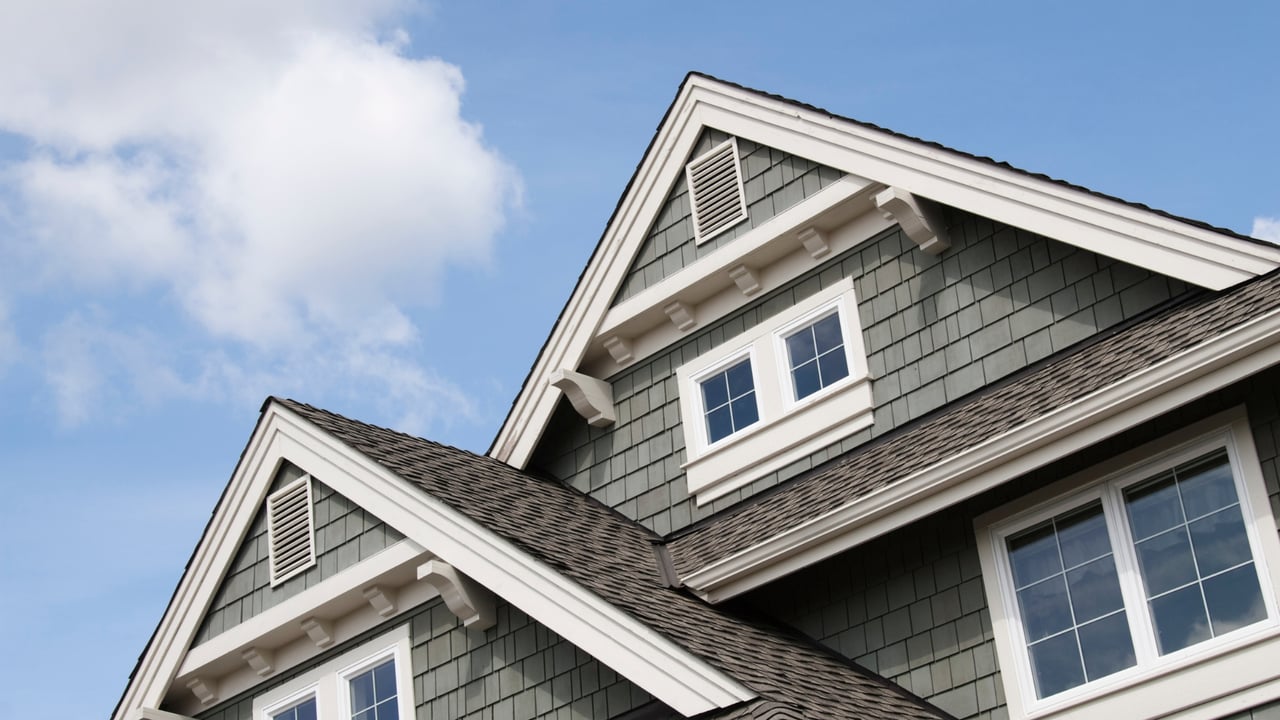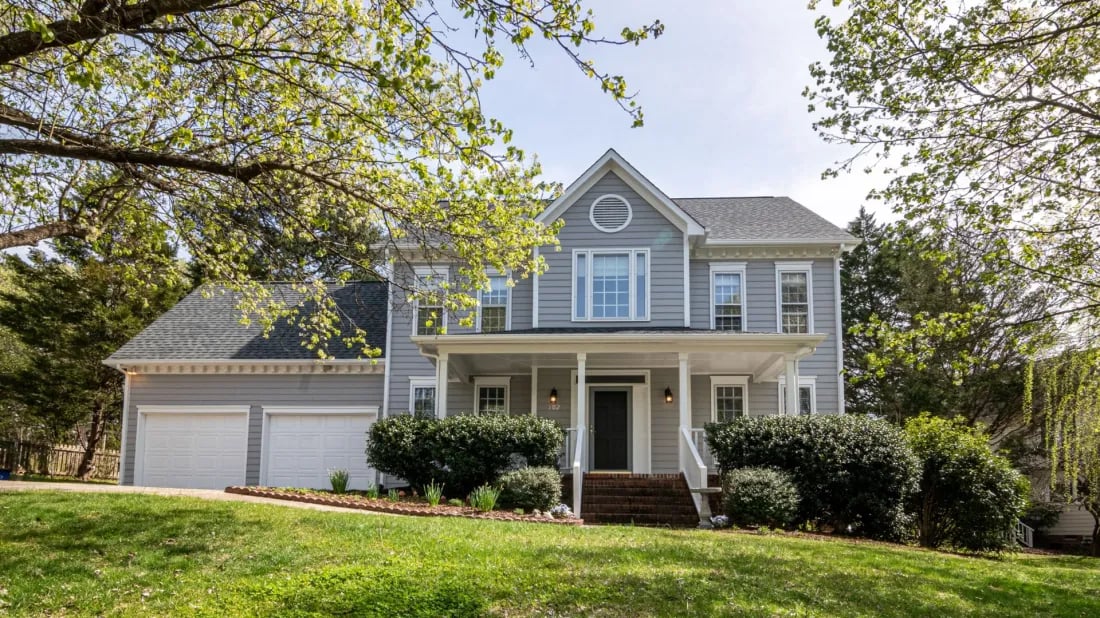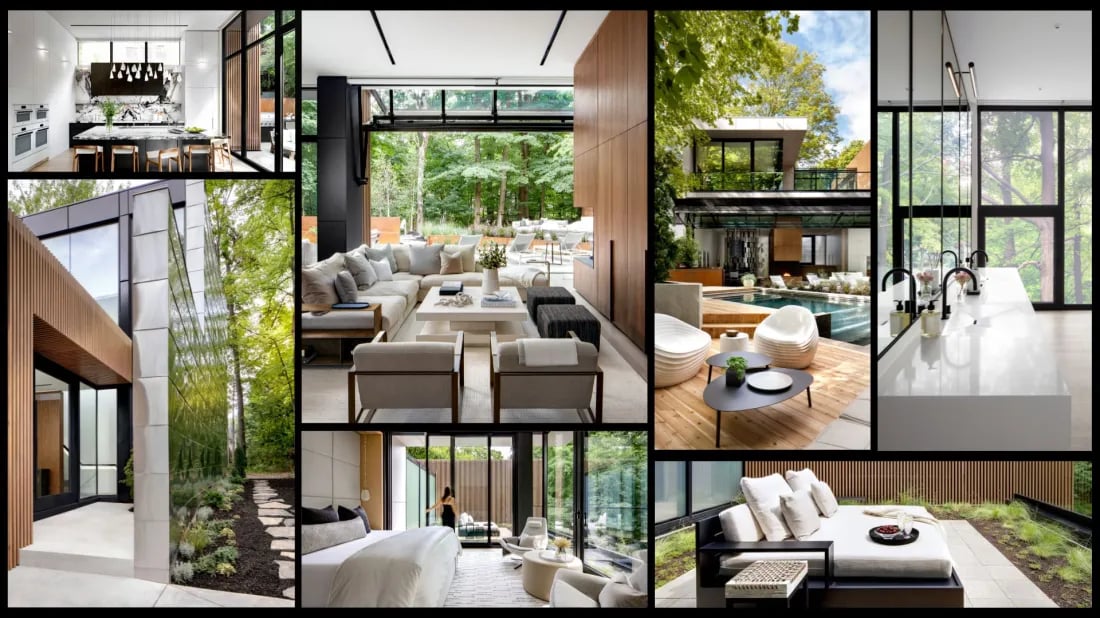Knowing how to calculate square feet is one of those surprisingly useful skills that come in handy more often than you might expect. If you’re shopping for new flooring, planning a renovation project, or trying to make sense of a real estate listing, square footage calculations are part of making informed decisions about your space.
Many homeowners simply accept the square footage figures provided in property listings or rely on contractors to determine measurements. But learning how to figure out square footage yourself puts you in control of your projects and purchases. It can help you verify information, budget more accurately, and avoid costly mistakes.
What Counts in Square Footage?
The general rule is that only finished, habitable spaces count toward the total square footage. For a space to count toward your home’s square footage, it typically needs to meet these criteria:
- It must be completely finished with proper wall coverings, flooring, and ceiling treatments.
- It should be heated and suitable for year-round use.
- The space must be accessible from the rest of the living area.
- It should meet local building codes for habitable space.
Unfinished areas with exposed framing, concrete floors, or uninsulated spaces generally don’t qualify toward the official square footage calculation.
Basements are excluded from the official square footage regardless of finish quality. Instead, they’re listed separately as “additional space” or specified as “plus finished basement“. Their size is typically measured and noted separately to give buyers the complete picture.
Garages almost never count toward square footage, even when converted to living space. Sunrooms, enclosed porches, and other transitional spaces only count if they’re heated, suitable for year-round use, and finished to the same standards as the rest of your home.
How to Measure Square Feet: The Basics
Square footage is simply the measurement of a two-dimensional space expressed in square feet. In Canada, this measurement represents the size of habitable living areas in a home and directly impacts property valuation, renovation planning, and real estate listings.
Before you start measuring, gather these tools:
- A measuring tape (preferably 25 feet or longer)
- Paper and pencil
- Calculator
So, how do you calculate square feet? The basic formula for calculating square footage is length × width = square feet. While this works perfectly for rectangular spaces, many rooms require a more methodical approach.
- Move furniture and obstacles away from walls where possible to access the full dimensions of each room.
- Measure from interior wall to interior wall at floor level. Be consistent about measuring from the inside edges of the walls, not from baseboards or mouldings.
- Measure each dimension twice to confirm.
- Create a simple floor plan sketch and record measurements for each wall as you go.
- Multiply length by width for rectangular rooms. For irregular rooms, break the space into smaller rectangles, calculate each separately, and add them together.
- Add the square footage of all qualifying spaces to determine your home’s total square footage.
How to Figure Out Square Footage of Different Rooms
Standard Rectangular Rooms
For typical rectangular bedrooms, living rooms, or dining areas:
- Measure the length from one interior wall to the opposite wall.
- Measure the width from the remaining two walls.
- Multiply length by width to get your square footage.
L-Shaped and Irregular Rooms
Many Canadian homes feature L-shaped living areas, family rooms with alcoves, or irregularly shaped spaces. For these:
- Divide the space into measurable rectangles.
- Sketch the room and draw lines to create separate rectangular sections.
- Calculate each section individually.
- Add all sections together for the total square footage.
Kitchen Considerations
Kitchens require special attention when measuring:
- Measure the entire floor area from wall to wall, including spaces under cabinets.
- Include islands and peninsulas in your total calculation.
- Don’t subtract areas occupied by appliances or fixtures.
- For open kitchen/dining combinations, you can measure the entire space or divide it into functional zones.
- Include connected breakfast nooks if there’s no clear dividing wall.
Bathroom Measurements
When measuring bathrooms:
- Include the entire floor area from wall to wall.
- Don’t subtract space for vanities, toilets, or bathtubs.
- Include shower stalls and tub areas.
- Measure built-in linen closets or storage areas within the bathroom.
Be extra precise, as bathrooms are typically smaller spaces where measurement errors are more noticeable.
Closets and Storage Areas
When calculating a home’s total square footage:
- Include walk-in closets as part of the room they’re attached to.
- Measure reach-in closets as part of their adjacent room.
- Include built-in storage areas if they’re part of the home’s interior finished space.
- Exclude exterior storage spaces like unheated sheds or storage lockers.
Hallways and Transitional Spaces
Don’t forget to include hallways in your measurements:
- Measure the length and width of each hallway.
- Include transitional spaces like entryways and foyers.
- For stairs, measure the actual footprint they occupy on each floor.
Open Concept Areas
In modern homes with open floor plans:
- Measure the entire open space from exterior wall to exterior wall.
- For practical purposes, you can note functional boundaries (like where the living area transitions to dining).
- Calculate the entire space as one area for accurate square footage totals.




